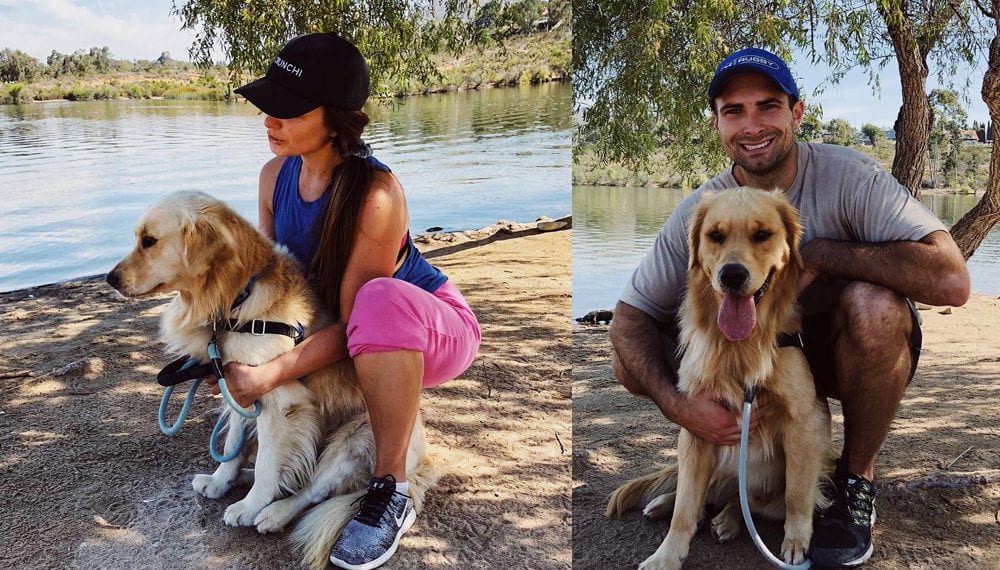First and foremost, I am no expert dog trainer but what I am, is a person just like you wanting to help dogs. I wanted to share some personal steps of precaution we are currently taking while preparing for our new rescue dog Hamilton to arrive this weekend as all of the advice listed below is from our personal, professional dog trainers so I thought it may help others too!
One of the most important factors of adopting or fostering new rescue dogs is to do so mindfully. Many people simply bring a new dog into their home and this can cause various stressors to both the new and old dog at home. Your current dog sees your home as their safe space so bringing a new dog into their territory may cause aggression or tension.
Because we avoid dog parks, due to various illnesses floating around, fleas, ticks, and fighting, our dogs are somewhat sheltered from paws on interaction with other dogs which means their social skills are somewhat limited. While Goldens are known to be very nice, you never know what another dog can bring out in your dog so preparing for the worst is key when bringing a new dog into the home ![]()
Exercises To Help You Prepare
Today, we took the boys to the lake to get them more accustomed to other dogs, in hopes to lower their arousal rate. Golden’s naturally have a very high arousal rate so exercises in which they simply observe “life” is a great way to reduce it. Per their trainer, going to parks or lakes just to let them sniff and see other dogs at a calm speed will hopefully reduce their desire to overreact when new dogs are around 🐩
STEP 1-
- Take your dog somewhere other people and dogs are present. Lakes or parks are great. Dog parks/beach would be too intense to start.
- Keep your dog comfortable, in the shade, with water, and allow him to just sit by your side, on a leash, to observe.
- Pet him in a loving way to show him that you approve of the dogs around and that they are not a threat.
- To start, only let him look around, smell the air, and process that other dogs are fun and interesting and not something they need to protect you from.
STEP 2-
After we sat for a while, we also did let them sniff and say hi to various dogs to teach them that other dogs are our friends and not enemies!
- With your dog still on the leash, take small steps towards other moving dogs. At the lake, we began walking the path.
- Your dog will likely want to pull so we would stop them and give them a treat every time they checked back in with us.
- When you see a dog, make sure to ask the other owners if your dog can say hi. It’s best to practice with dogs that are known to be friendly.
- Make sure to keep all dogs leashed without allowing too much tension on the leash. The more they pull, sometimes the more aggressive they can get.
- Pay attention to signs like snarled lips, forward shoulders, growling, lunging, or too much excitement.
- Keep enough space between the dogs in case of an emergency, tangled leashes = disaster zone!
- The key here is to allow some sniffs, just a friendly dog hello, nothing more yet.
- You do not want to take the dog off-leash at this point yet, as we are simply showing them that dogs are our friends.
STEP 3-
We get Hamilton this Saturday and plan to have him stay in a separate area of the house and yard so each dog has it’s own space and time to feel out the other. We will be working alongside one of their trainers to ensure things go as smoothly as they can! Stay tuned for more tips as this is such an important topic for those wanting to adopt! ![]()








Recent Comments